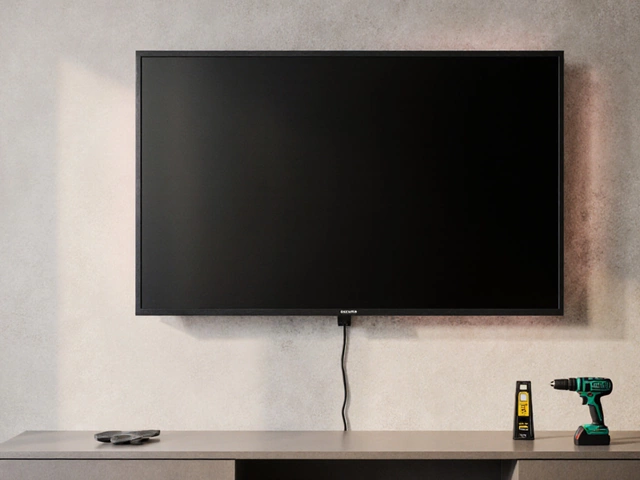Chair Arms: How to Choose, Adjust, or Remove for Comfort
If you spend hours at a desk, the arms on your chair matter more than you think. A good set of armrests can keep shoulders relaxed, improve posture, and stop you from rubbing elbows on the desk. The opposite is also true – poorly positioned arms can cause aches and lower your productivity. Below you’ll find straightforward advice on picking the right arms, tweaking them, and deciding when it’s okay to ditch them altogether.
Picking the Right Chair Arms
The first step is figuring out what you need. Do you like a soft cushion or a firm plastic pad? Soft pads are great if you lean on them a lot, while firm arms give a clear edge for pushing the mouse. Height adjustability is a must; you should be able to bring the arms up or down so your elbows form a 90‑degree angle when typing. If you share the chair with a taller or shorter colleague, look for a model with a wide height range – something that moves at least 4‑5 inches.
Adjusting or Removing Arms for Better Ergonomics
Once you have the right arms, fine‑tune them. Sit back, rest your forearms on the pads, and check that your shoulders stay relaxed. If you feel your shoulders creeping up, lower the arms a bit. If your wrists are bending upward, raise them. Some chairs let you swing the arms forward or backward – use this to align the armrests with your desk surface. When the arms get in the way of moving around, consider removing them. Most office chairs have a release lever or a quick‑release bolt; unscrew the arms, keep the bolts, and store them for later if you change your mind.
Removing arms isn’t just about space. Some people find that working without them forces a healthier desk height and encourages a more active sitting style. If you decide to go arm‑free, add a small wrist rest on the desk to avoid strain. Test the new setup for a few days; if you notice neck or shoulder pain, put the arms back or try a different height.
Tips for specific situations: If you use a headset, low arms can clash with the speakers – raise them or remove them. For standing‑desk users, low or no arms work best because the desk height changes throughout the day. And if you have a hot‑desking environment, a chair with quick‑release arms saves you time when switching workstations.
Maintenance matters too. Check the arm bolts every month and tighten any loose screws. Wipe cushions with a damp cloth to keep them fresh, and replace worn pads if they start to sag. A well‑maintained arm system lasts longer and continues to support your posture.
Bottom line: good chair arms are a simple upgrade that can cut fatigue and boost comfort. Choose adjustable, padded arms that match your desk height, fine‑tune the position, and don’t be afraid to remove them if they get in the way. Your back, shoulders, and productivity will thank you.
Office Chairs: To Arm or Not to Arm?
Choosing between an office chair with or without arms can impact your comfort and productivity. Whether you're working from home or at the office, understanding the pros and cons of each option will help you make a more informed decision. This article explains the benefits and drawbacks of both types, along with practical tips to enhance your work environment. Gain insights to align your seating choice with your needs and preferences.







